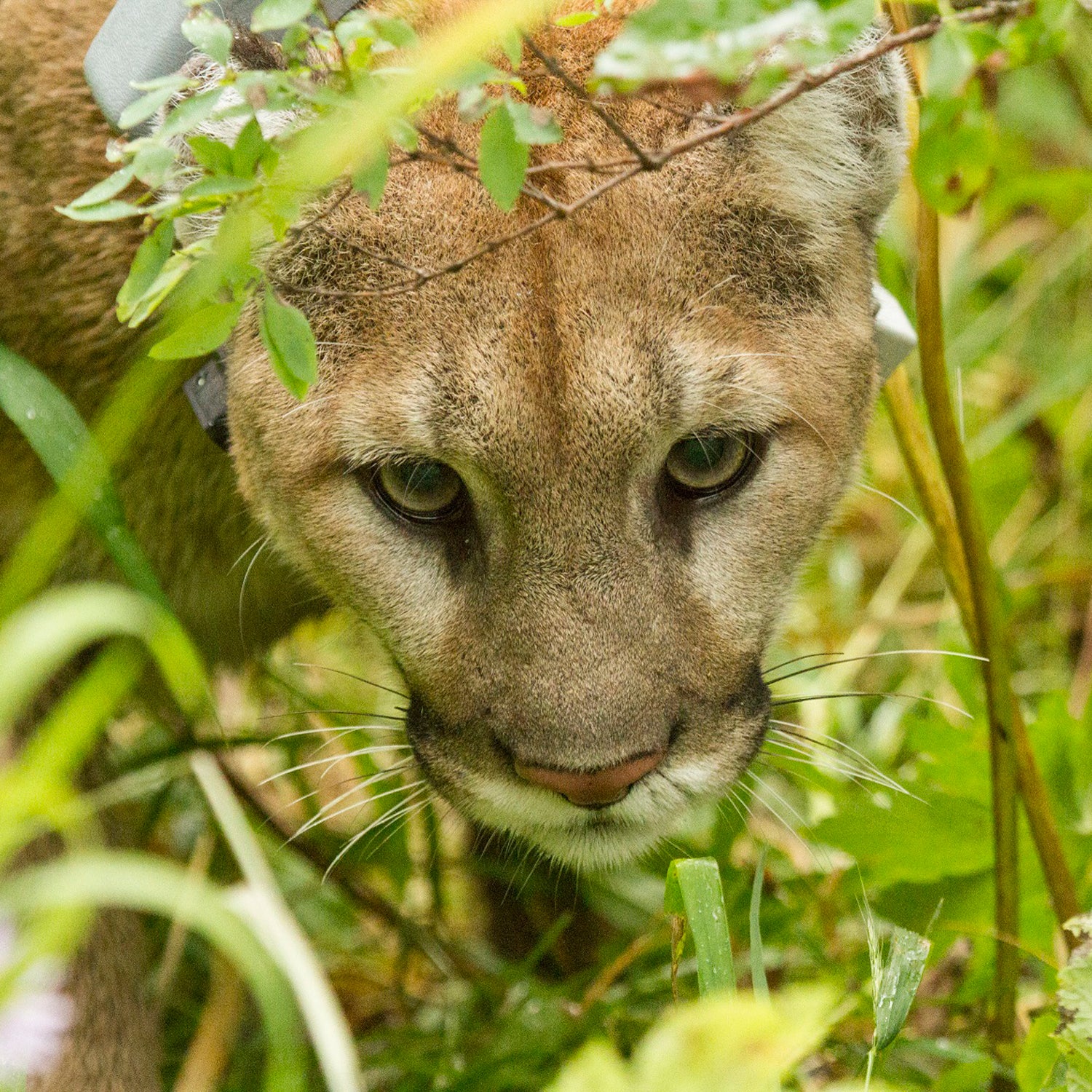In January, Wyoming lawmakers introduced , a bill that would have allowed any person with a valid hunting license to kill a mountain lion in the state using a trap or snare. As a Wyoming resident and biologist, I'm thrilled that our legislature on Tuesday voted down the bill. The rationale behind it wasn't scientific, and the��negative consequences for mountain lions, other wildlife, Wyoming citizens, and the����would have been far-reaching.
Ostensibly, this bill was introduced to help reverse a recent drop in the number of mule deer, which are a valuable game species for Wyoming residents. But in reality, the connection between mountain lions and declines in the mule deer population��is tenuous at best. Game and Fish has openly shared that reduced mule deer populations are largely the result of other factors, including habitat loss and disruption to migration corridors by humans. It is also well accepted among wildlife biologists that deer dynamics are driven primarily by weather patterns, and resulting forage availability, not predators. In fact, a recent intensive, ��from the Idaho Department of Fish and Game��states that removing mountain lions and coyotes “appear to be marginal and short term” solutions for replenishing mule deer populations across the west.
More concerning, however, is that the arguments that brought the bill to the legislature in the first place don't end at the Wyoming state line.��Recently, similar bills to permit mountain lion trapping came before the legislatures of New Mexico and Montana. , while Montana defeated it. Right now, only Texas and New Mexico allow for the legal trapping of mountain lions. In Texas, mountain lions are considered vermin and the state doesn’t even tally how many are killed each year. Mountain lions also suffer trapping as by-catch in states where trapping of other species is legal. For example, approximately 16 percent of mountain lions killed by hunters in Nevada show injuries from being caught in traps that were likely legally set for bobcats.
Like mule deer, mountain lions are also experiencing significant population declines in some areas. Research conducted by in Teton County, Wyoming, shows that mountain lion numbers north of Jackson have declined by half��over the last eight years. Mountain lions throughout Wyoming and across the west (except California) are currently legally hunted with all legal firearms, archery equipment, and trailing hounds, and these methods have proven highly effective in reducing mountain lion populations when the harvest quotas are high. Introducing trapping—an imprecise method of hunting—could cripple mountain lion populations further, as well as rapidly and unexpectedly influence other wildlife populations.
The very nature of trapping is non-discriminate. Trapping consists of snares and leghold traps, including steel jaws, which often cause serious damage to animals—breaking legs, ripping skin, or completely severing limbs, either��via the trap or through self-mutilation. Traps deliver painful, slow deaths to wildlife��and��cannot dictate what animal is caught, resulting in the potential maiming or killing of��federally-listed wolves, wolverines, Canada lynx, and grizzly bears. Traps may also injure people, should they stumble into one that is well concealed. Plus, trapping is nearly impossible to track and monitor.
Every year, visitors from around the globe flock to Yellowstone and Grand Teton national parks, investing millions of dollars in Wyoming communities in the hopes of glimpsing charismatic apex predators, like the mountain lion. In voting against mountain lion trapping, Wyoming chose evidence-based science over old mythology perpetuating fear and persecution of this amazing animal. It made me proud to live in Wyoming.
Dr. Mark Elbroch is lead��scientist for the Puma Program at , a global wild cat conservation organization.��


